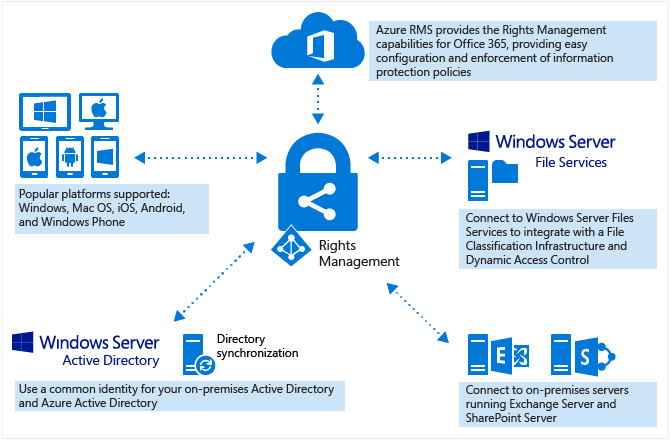Last week Microsoft finally released their new Azure Virtual Machine series Dv3 and Ev3, besides being based on the latest Intel hardware, these machine are also running Windows Server 2016 as the host OS which supports nested virtualization. Why is that interesting you might ask? Well, it is interesting because now it is possible to run hyper visors inside an Azure VM. To me as a developer that is pretty cool, because now I can actually create a development machine in the cloud, install hyper-v on it and run my mobile emulators or even use docker for Windows, which is dependent on Hyper-V. Furthermore, as I’m going to show in this blog post, I can also install an open source Hypervisor like VirtualBox and use that to emulate a Mac, of course that can also be done on a local machine, but the benefit of running it in the cloud is that it can be online 24×7 which is great if you need a build or test server. (Beware that Apple licensing is probably not going to approve of this, but let’s save that concern for another day).
Microsoft Azure For Machine Learning
I have been trying the linux install instructions on macOS. It seems that most steps in CMake work, but the DepthEngine is Windows/Nix only. Would be amazing if you could release the DepthEngine for macOS. The rest should be achievable by the community / via Pull Request etc. A huge number of our community ( openFrameworks ) would make good use of macOS support. Build web apps and deploy them to Azure using open-source tools and features. Create cloud-connected, cross-platform mobile applications and games for iOS, Android, and macOS, with Xamarin.NET, and Unity.
- Create high-quality apps for iOS, Android, Windows and macOS faster by automating application lifecycles with Visual Studio App Center. Visual Studio App Centre Microsoft Azure Skip navigation.
- Azure Files is Microsoft's easy-to-use cloud file system. Azure file shares can be mounted with the industry standard SMB 3 protocol by macOS High Sierra 10.13+. This article shows two different ways to mount an Azure file share on macOS: with the Finder UI and using the Terminal. Prerequisites for mounting an Azure file share on macOS.
- Windows Server 2012 R2 and Windows Server 2012 For the details, please refer to the following article: Requirements for Azure Information Protection. When searching the feature request in AIP UserVoice forum, I found this reply from the developing team: The original feature of enabling labeling capabilities in Mac OS is currently available in.

So what do you need:
- You need 1 Azure VM based on Ev3 or Dv3, for my testing I used a Standard_E2_v3 hosted in West Europe (Currently the new machine are only in West US2, East US2, Southeast Asia and West Europe). I just picked Windows Data Center 2016 and installed everything from the azure portal. No ARM templates for my testing purpose.
- Once the machine is provisioned, you need VirtualBox. You can download that from https://www.virtualbox.org/wiki/Downloads. For some reason it downloaded super slow from Azure, so I downloaded i on my local machine and uploaded it through remote desktop.
- With VirtualBox installed it is time, to install the operation system of your choice on your nested virtual machine. As I promised I’m going to install MacOS Sierra. Luckily, some more Apple Savy people have described how to do, the guide I followed are https://techsviewer.com/install-macos-sierra-virtualbox-windows. Basically the guide boils down to download a base image, then setup a VM in virtual box and do a few tweaks to it, to trick MacOS into thinking it is running on a Mac, and the boot the machine.
- You can download the image from https://goo.gl/OKgCeH
- When you create your new VM from the downloaded image select MacOS as type, and El Captain 64bit as the Version
- The commands you are required to run using VBoxManage (which is found in
C:Program FilesOracleVirtualBox) areVBoxManage.exe modifyvm 'macos' --cpuidset 00000001 000106e5 00100800 0098e3fd bfebfbff
VBoxManage setextradata 'macos' 'VBoxInternal/Devices/efi/0/Config/DmiSystemProduct' 'iMac11,3'
VBoxManage setextradata 'macos' 'VBoxInternal/Devices/efi/0/Config/DmiSystemVersion' '1.0'
VBoxManage setextradata 'macos' 'VBoxInternal/Devices/efi/0/Config/DmiBoardProduct' 'Iloveapple'
VBoxManage setextradata 'macos' 'VBoxInternal/Devices/smc/0/Config/DeviceKey' 'ourhardworkbythesewordsguardedpleasedontsteal(c)AppleComputerInc'
VBoxManage setextradata 'macos' 'VBoxInternal/Devices/smc/0/Config/GetKeyFromRealSMC' 1
Replace'macos'with the name of the virtual machine you created. - Before you try to boot the machine be sure to increase the Video memory of the VM 128 MB, it will not boot with less.
This is all it takes to get MacOS up and running on Azure using nested virtualization and Virtual Box. If you are planning to do a lot of work on MacOS, I can recommend using a machine with SSD. Also note that the image linked to is not the latest version of Sierra, so you will have to run an update after the installation. If someone can point me to a public downloadable image of a more recent version please let me know in the comments.
Microsoft Azure For Mac
Categories: SoftwareWindows Azure
I am looking at this myself. Have not had time to test.

Did you try a proof of concept of assigning devices to Microsoft Intune MDM with Apple Business Manger?
Microsoft Azure For Macos 7

Microsoft Azure For Macos Catalina
Tutorial: Use Apple's Corporate Device Enrollment features in Apple Business Manager (ABM) to enroll iOS/iPadOS devices in Intune
The Device Enrollment features in Apple Business Manager simplifies enrolling devices. Intune also supports Apple's older Device Enrollment Program (DEP) portal, but we encourage you to start fresh with Apple Business Manager. With Microsoft Intune and Apple Corporate Device Enrollment, devices are automatically securely enrolled the first time the user turns on the device. You can therefore ship devices to many users without having to set up each device individually.
https://docs.microsoft.com/en-us/mem/intune/enrollment/tutorial-use-device-enrollment-program-enroll...
Set up enrollment for macOS devices in Intune
Intune lets you manage macOS devices to give users access to company email and apps.
As an Intune admin, you can set up enrollment for company-owned macOS devices and personally owned macOS devices ('bring your own device' or BYOD).
https://docs.microsoft.com/en-us/mem/intune/enrollment/macos-enroll

